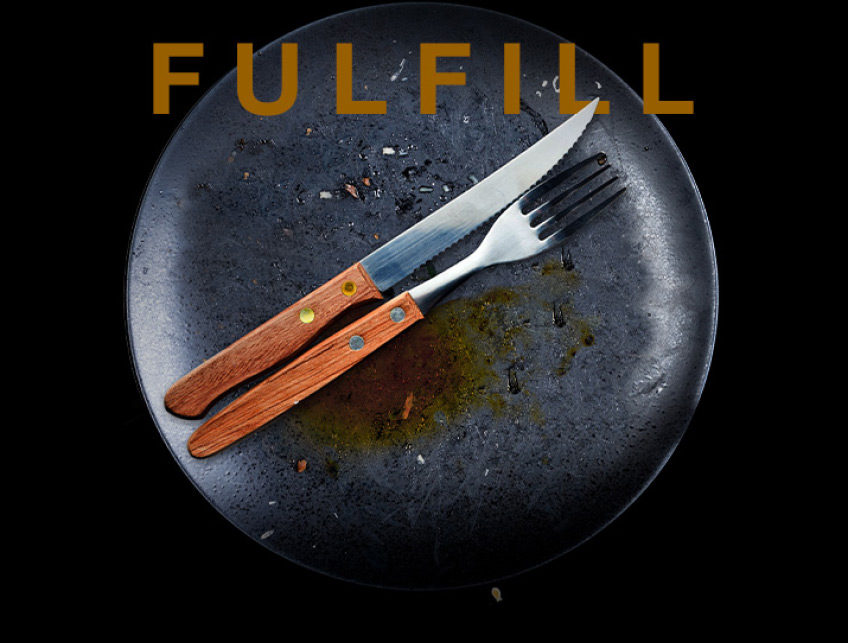
Food waste reduction
We are committed to delivering sustainable nourishment. This means ensuring nothing goes to waste – which is why we work with partners across our value chain to maximize our shared potential for positive impact.
Key opportunities
Currently, one-third of food produced globally is wasted – approximately 1.3 billion tons every year1. We believe that all food should reach the table and that, throughout today’s value chain, there are still opportunities to improve processing and handling efficiencies. At Cargill, our mission is to nourish the world and part of this is making sure as much food as possible is kept out of landfill.
Sustainable solutions
To tackle the issue in our value chain, we must start with what we have control over. In 2020, we joined the Champions 12.3’s 10X20X30 initiative and committed to reducing food waste in our plants by 50% by 2030. In addition to this commitment, we will track progress, identify and address opportunities for improvement, and share best practices with other 10X20X30 members.
We are looking beyond our direct operations as well. Through product innovations like shelf-life extension, we continue to prevent food waste and help customers fulfill their own sustainability goals too. And by partnering with food bank networks across North America, we’re enabling efficient distribution of surplus food to communities in need.

How we are cutting our impact
We have committed to Champions 12.3’s 10X20X30 initiative to reduce food waste by 50%.
We’ve partnered with Feeding America to implement an innovation called a USDA Clean Room. This allows food banks to receive protein products in bulk and convert them into smaller portions for community distribution.
We are investing in product and packaging innovation to ensure food stays fresh and safe for longer.
Fulfill in action
Partnering to reduce food loss and waste
Reducing food loss and waste is a crucial element of our commitment to delivering nourishment. A significant contributor to global emissions, reductions also play a role in our wider goal to cut beef emissions by 30%.
In support of this, we worked with the World Resources Institute (WRI), developing their food loss and waste calculator to quantify reductions in terms of associated greenhouse gas emission savings. Each of our plants created a scorecard that disclosed existing volumes of food waste. These volumes were then inputted into the calculator and translated into emissions savings, giving us a comprehensive overview of the impact of our efforts.